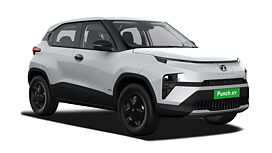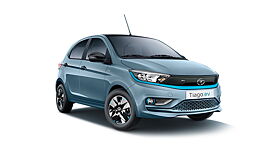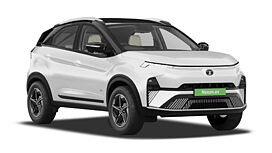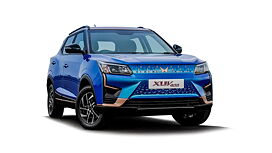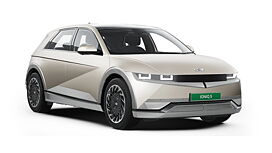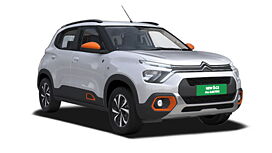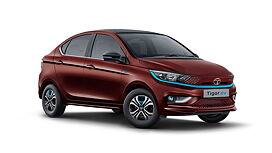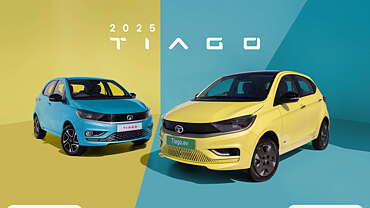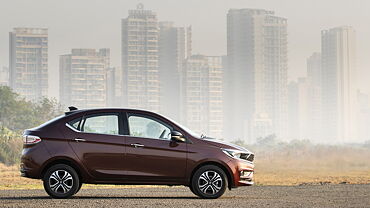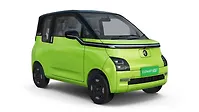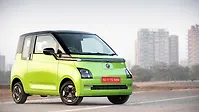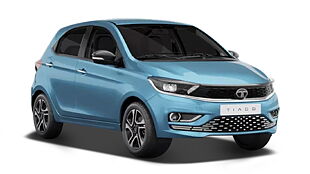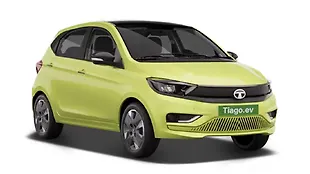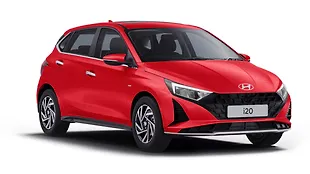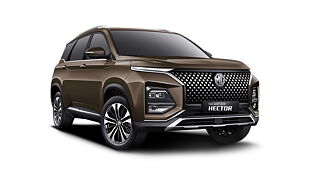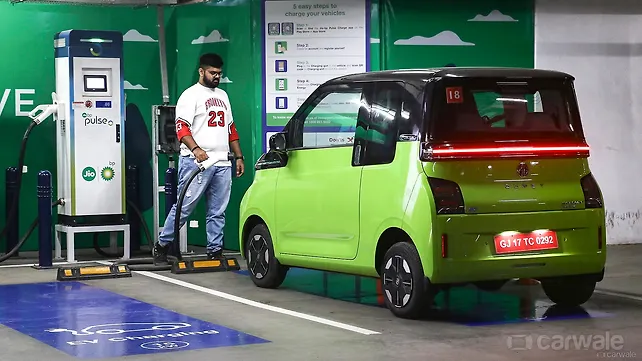
In recent years, India has started a widespread adoption of electric vehicles. This paradigm shift in our transportation landscape means there is an urgent need for a vast network of charging stations in the same way as fuel pumps are now a common sight on our road networks. In fact, electric vehicle charging stations need to be more common and accessible than a regular parking space.
However, EV charging stations in India are still a new experience for many. Even a majority of EV owners are primarily charging their electric vehicles at the dedicated chargers installed at their homes. That said, there’s a need for more public electric vehicle charging stations. So, in this article, we will discuss what should you expect from electric vehicle charging stations in India.
What to expect at electric vehicle charging stations in India?
Here’s a definitive guide about an EV charging station, giving you all the information about its usage, dos and don’ts, and everything else in between.

● Finding an EV charging station:
To use a charging station, you need to find one first.
- The easiest way is to use the car’s built-in navigation system. Most of the advanced infotainment systems in EVs are now smart enough to not only provide you with the distance to the charging station but also give you an estimate of the remaining charge when you reach there.
- For those who don’t have an in-built navigation system in their EV, Google Maps is a good alternative to get directions for the nearest charging stations.
- Dedicated Applications: All operators these days have a dedicated mobile application (we’ll get to it in detail later). You can use these providers’ apps to find their nearest EV charging station.
● Unmanned EV Charging Stations:
The entire business model of a charging station is designed to make it an unmanned operation. Unlike a fuel station where a person dispenses petrol and diesel into your car, all EV stations are designed to be self-service networks. At the EV stations, you use the online application to make online payments and complete your charging procedure.

- Also see: 'how to use electric vehicle charging station”
● AC or DC Charging Stations:
Most public electric vehicle charging stations are made to offer high-speed and quick charging. This means they have support for DC fast charging with a capacity of over and above 50kW. Some premium EVs have a high charging capacity, and that’s where these DC fast chargers are very helpful. However, affordable EVs in India can be sufficiently charged using AC fast chargers with a capacity of up to 25-40kWh. So, it is necessary to be aware of your charging capacity needs before selecting a charging station.

- Even if you have an EV with say 7.2kW of max charging capacity, you still can charge it with a charger dispensing higher capacity, like 22kW. Because the EV’s hardware is preprogrammed and made in a way to determine and accept how much power it can take in.
- Just like in your smartphone. So there's no need to worry about plugging into a charger with higher output than your EV’s input specification.
● EV Charger Pin and Capacity:
When visiting a charging station to recharge your EV, the first thing you need to consider is the compatibility of your EV charger.

- Passenger vehicles in India use Type 2 AC charging plugs while EVs with DC fast charging support have slightly advanced CCS Type 2 charging plugs.
- You must know the capacity of your vehicle and its charger port type to check its compatibility with the charging station.
- Similarly, some commercial EVs in India also have CHAdeMO (“CHArge de MOve,” equivalent to “charge for moving,”) charging ports which are available at certain EV charging stations in India. These are completely different ports introduced by the Tokyo Electric Power Company with support from five major Japanese automakers.
● Electric Vehicle Charging Station Location and Capacity:
Currently, the electric vehicle charging infrastructure in India is in its nascent stage. You’d find most charging stations situated inside conventional fuel pumps, mall parking, hotel premises, or corporate parks. Some roadside charging stations are a rare find too. Now, talking about the capacity of an EV charging station as a whole.

- An electric vehicle charging station can have singular or multiple points with various charging capacities in the same premises.
- Some stations divide their charging capacity depending on the number of charging ports. For instance, they would advertise 120kW of charging capacity, but they have two charging ports at the station. So, in reality, the maximum charging capacity would be restricted to 60kW.
● Waiting time at EV charging station:
With fewer chargers and the growing number of electric vehicles, there’s a high chance that once you arrive at a charging station, there’s already an EV plugged in.

- Some of the dedicated charging apps give you the charger occupied notification so that you can plan accordingly. But some don’t. So, you might have to wait for the plugged-in EV to finish charging, or find another charging station nearby.
- On that note, some owners leave their electric car plugged in at the charging stations even when it is fully charged. Don’t be that person.
● Power Cut:

In India, power cuts are a common phenomenon even today, especially in rural areas. So even if you find an EV charger, with an available plug, there might be a power cut in the area with no prospect of electricity returning anytime soon.
- Sometimes the power cut might happen when your EV is already plugged in. It will obviously disrupt the charging, but the worst part is that it won’t resume the charging once the power returns.
- You’d have to return to the EV charger and restart the charging procedure, which can be a hassle especially if the charger is at some distance.
- So you need to regularly keep an eye on the charging app to be posted about the charging status.
● Digital wallets:

Currently, there are no government regulations for these mobile applications. So, each dedicated electric vehicle charging station has its own app, and some of them are not as user-friendly as others.
- The downside is that each application uses its separate digital wallet for payment. They require you to add a sufficient balance in the wallet before the charging can resume. And the charging may be disrupted if this wallet balance goes down a certain mark.
- Moreover, the unused money may not be useful anywhere else until you can find the same charging provider elsewhere.
- You might not find a uniform rate of charge and charging capacity at different charging providers. It may vary on various factors like time, kWh consumed, AC/DC chargers etc.
● Nearby Amenities:
Once you find an EV charging station, there’s a good chance you’ll be hanging around for at least a couple of hours until you are mobile again. Within the city, you could get back to your chores and come back to collect the car fully charged.

- For instance when you are on a road trip and have to use a public charger, it's always helpful to find one with basic amenities nearby. Amenities like washrooms, a place to eat perhaps, and some recreational activity to pass the time while the EV is replenished.
- When charging at a hotel premises, you can freely use the hotel’s washroom in the lobby without hesitation. Similarly, it's really helpful to plan your charging during your lunch stop.

Now that you know what to expect, we've also detailed all the things you need to know when using a public electric vehicle charging station in India. We also plan on looking at the cost of charging at public EV chargers. So keep watching this space.


